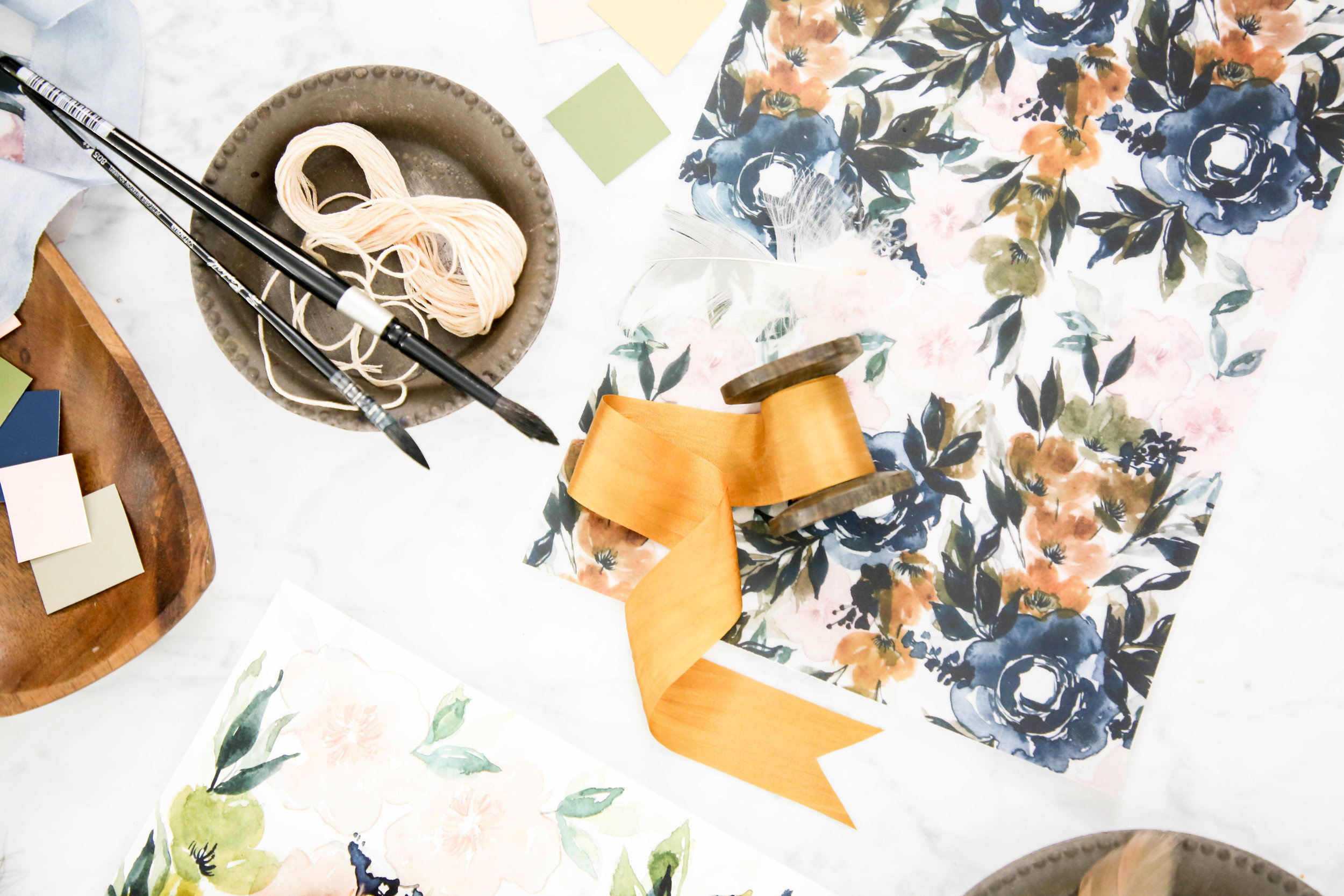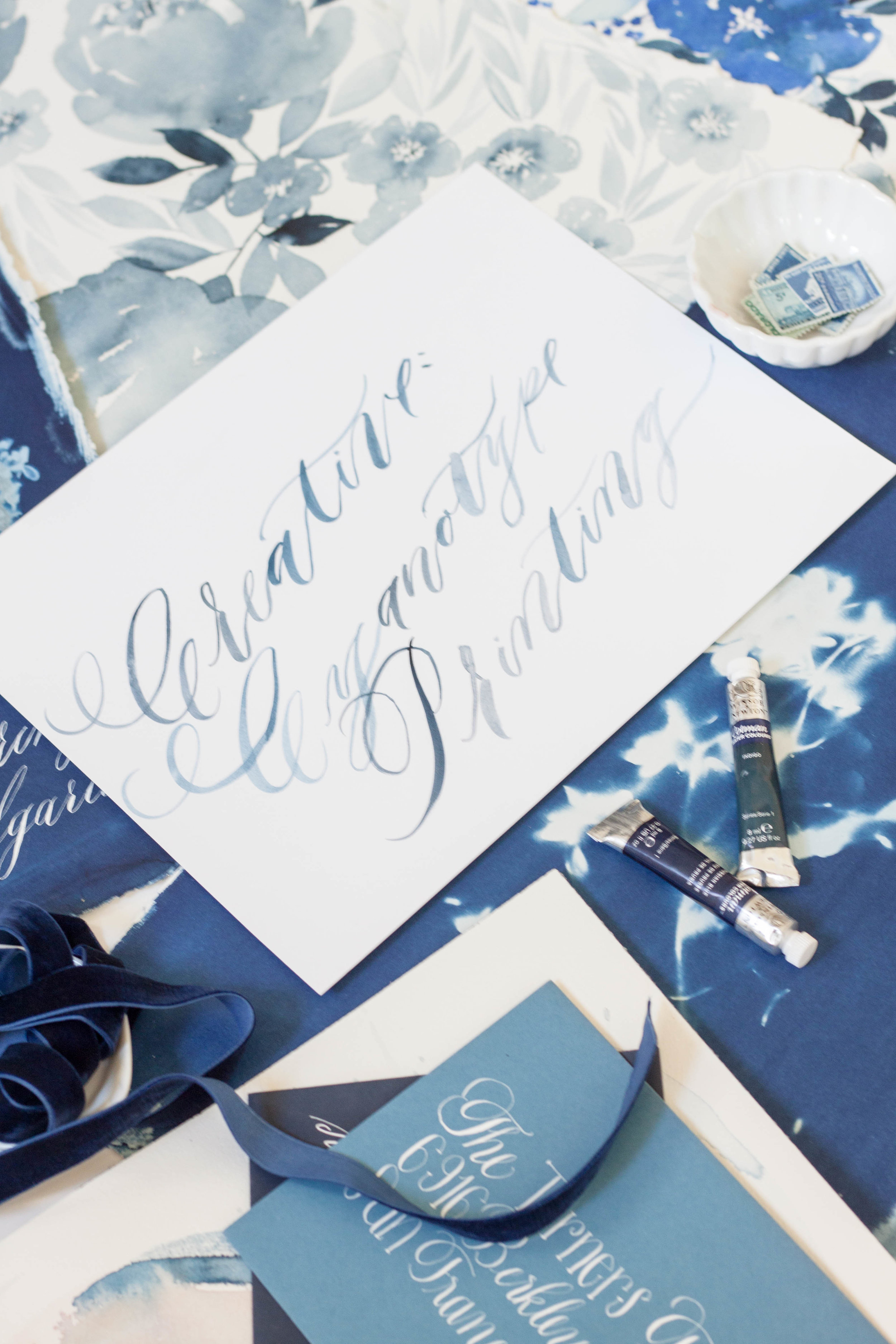Color Calibrations
for in-house printing
Without a doubt, the questions we get most often are regarding printing. We do most of our printing in-house and have since our inception ten years ago.
Many stationers are going the route of investing in an awesome printer and handling all their printing needs within their own studio. There are so many advantages to being able to control this integral part of your production process yourself, but there can also be some major drawbacks. Learning the ins and outs of your printer’s personality, what types of paper it likes and doesn't like, how long it takes to complete projects, etc. is all a major learning curve, but nothing compares to the learning curve of color adjustments.
Have you ever printed something straight from Illustrator or Photoshop and it looks nothing like your digital file? The colors are all wrong, they're muted and muddy, reds are browns, blushes are orange and dark greens are black. Know that frustration? This course will walk you through making color adjustments specifically for printing in house and will walk you through adding adjustment layers, running test prints, identifying issues and correcting them.
Full disclosure, we will NOT be handing you the exact solutions for your very specific printer problems. Odds are, you have a different printer, a different computer monitor, a different paper… even a difference in the weather can change how your prints come out! What we WILL do is walk you through the same questions and best practices we go through for any in-house printing project that we do ourselves. We want you to walk away from this course with the tools and the confidence to troubleshoot any printing issues that come your way, no matter the specific circumstance!











